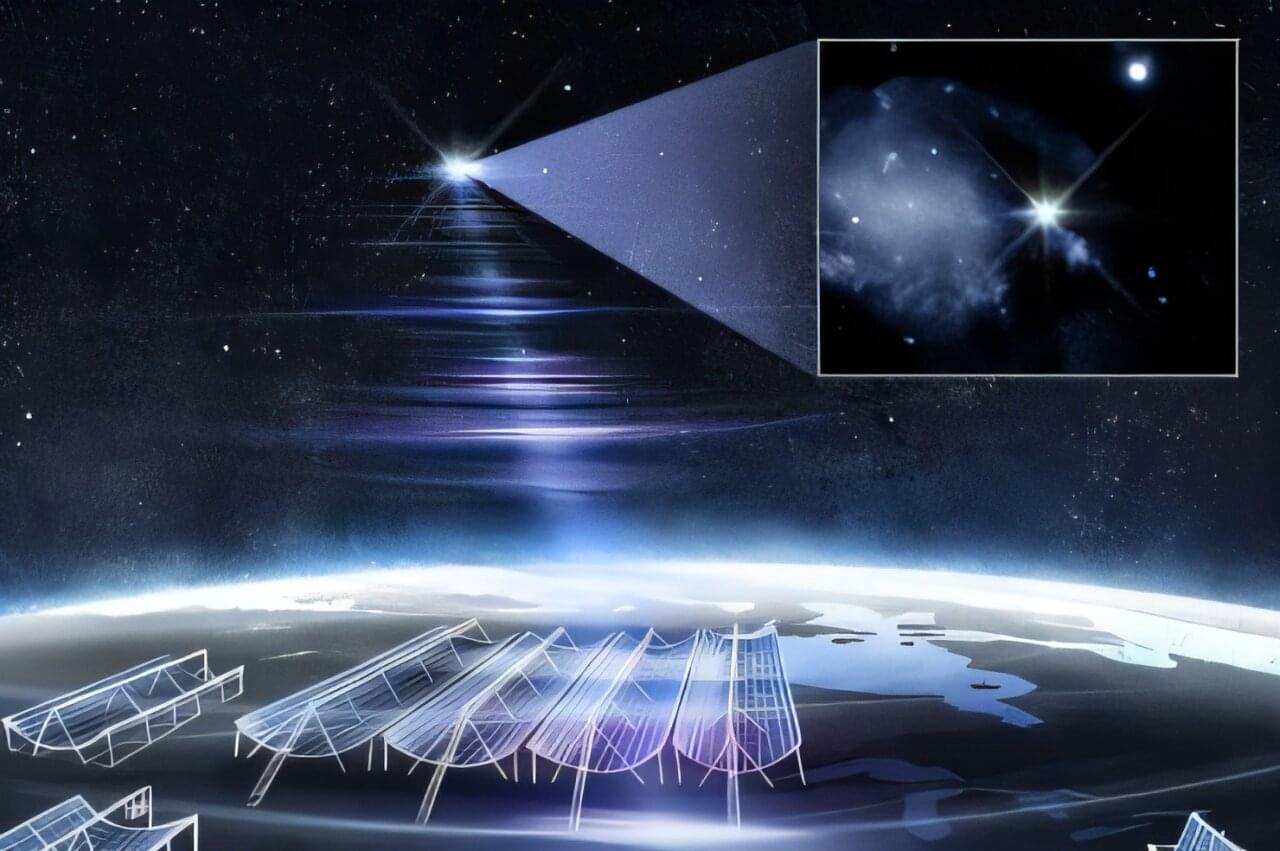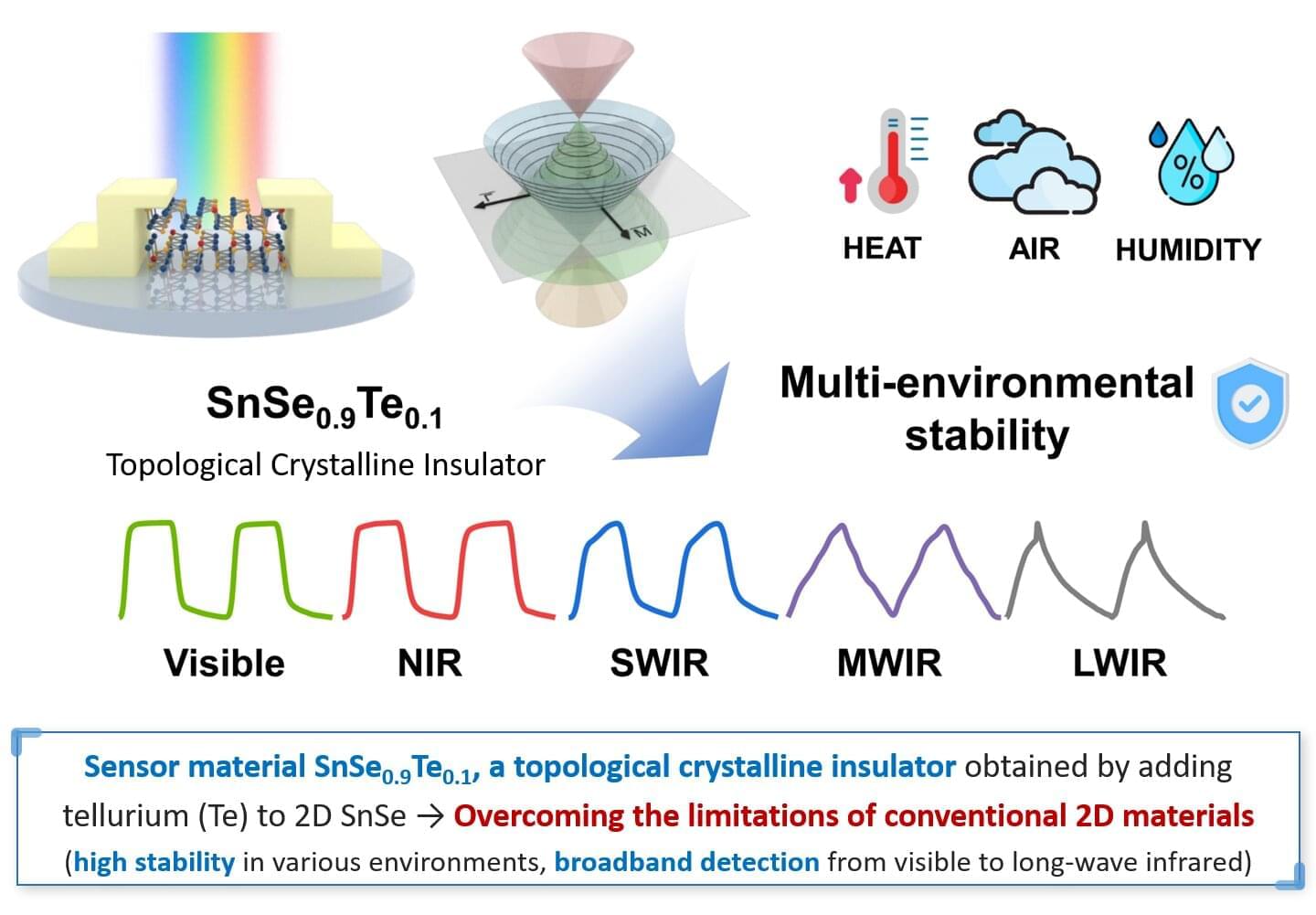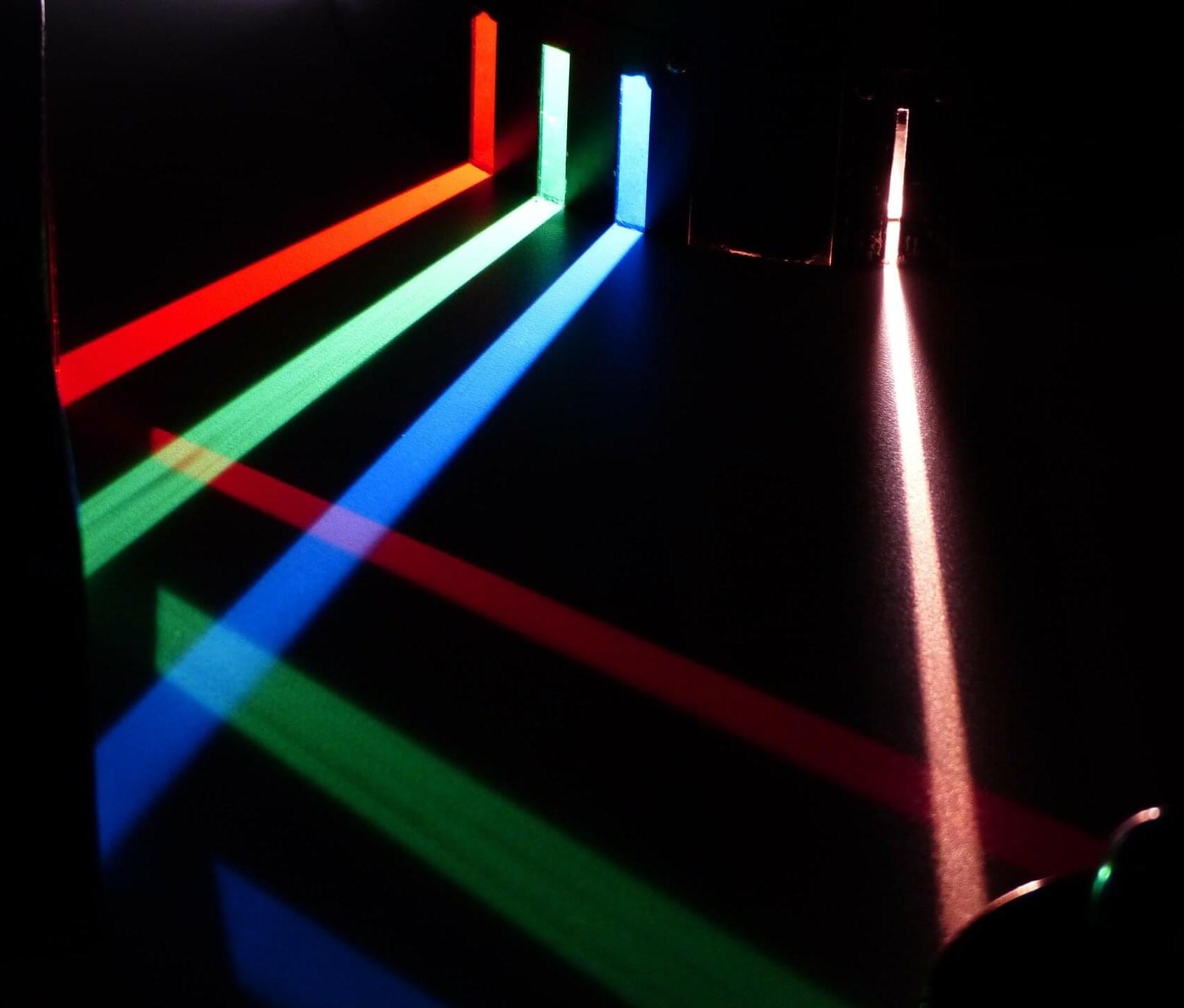You’re in a bustling café with a friend. The din is making it hard to tune in to the conversation. The scenario might suggest you’d benefit from a hearing aid. On the other hand, new research suggests that speech-perception difficulty might relate to your cognitive ability.
In a study of three groups—individuals with autism, fetal alcohol syndrome and a “neurotypical” control group—researchers found that cognitive ability was significantly associated with how well the participants, all with typical hearing, processed speech in noisy environments.
“The relationship between cognitive ability and speech-perception performance transcended diagnostic categories. That finding was consistent across all three groups,” said the study’s lead investigator, Bonnie Lau. She is a research assistant professor in otolaryngology–head and neck surgery at the University of Washington School of Medicine and directs lab studies of auditory brain development.








